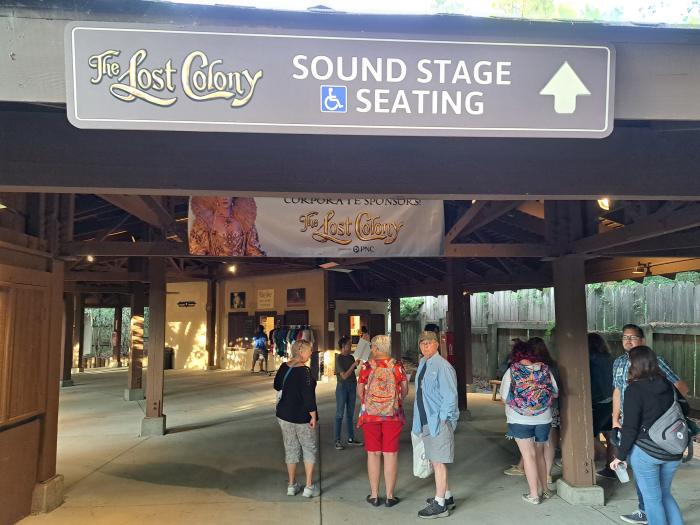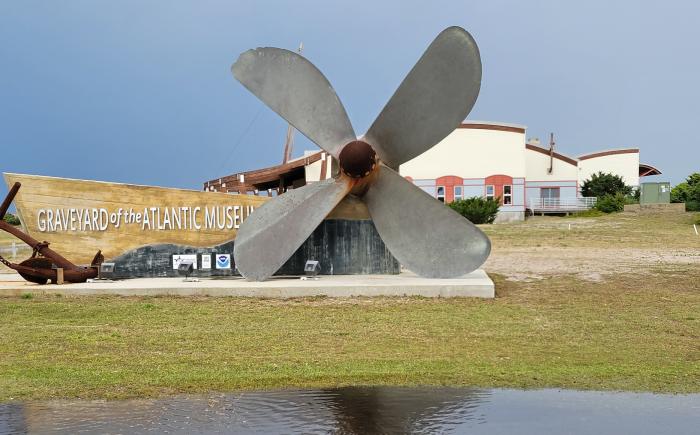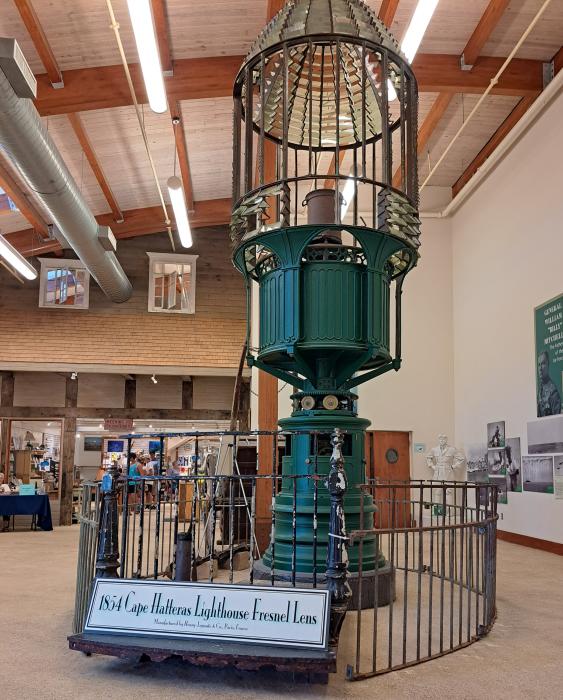Barrier islands line the North Carolina coast from Currituck to Bogue Banks. Dare County's official Outer Banks, or OBX, runs from Duck to Hatteras Village and includes Roanoke Island, Wanchese and Dare mainland. These islands are constantly changing the landscape and the history of the area. Approximately 2,000 ships have been lost on the perilous coast and now lie in the “Graveyard of the Atlantic.” The fate of countless other vessels remains unknown.
Giovanni da Verrazano of Florence was the first European to visit the Carolina coast in 1524, followed by several Spanish explorers, including Hernando De Soto in 1539. Then in 1587, a group of 117 men and women, with the blessings of Queen Elizabeth I and Sir Walter Raleigh, arrived on the coast and attempted to carve out a new life in the foreign land. Within three years they had vanished, too, their fate unknown to this day. Among them was Virginia Dare, the first English child born in America. The unsolved mystery is the subject of The Lost Colony, the longest running outdoor drama in the United States.
The Lost Colony & Other Attractions
Written by playwright Paul Green, the symphonic drama made its debut on Roanoke Island in 1937, an event which enticed President Franklin D. Roosevelt to attend a performance that same year. Over the ensuing years the drama has also nurtured hundreds of talented young actors and stage technicians who later pursued illustrious, successful careers in film and theater.
The story of The Lost Colony unfolds at Waterside Theatre on Roanoke Island on summer evenings traditionally late May or early June through mid-August. The 2023 Season opens June 2nd. In recent years the company has implemented 3D projection technology, providing audiences with an immersive experience. Set design elements, special lighting and sound effects give the illusion of forest animals on the stage. Dressed in elaborate costumes reminiscent of the late 1500s, cast members tell the epic story of The Lost Colony via music and dance. Visitors not only get to enjoy the lively show but are encouraged to take a backstage tour before curtain time or to attend a pre-show about Native American culture.

There’s more to learn about the Lost Colony at Roanoke Island Festival Park in Manteo. Costumed interpreters at the Settlement Site and the Elizabeth II sailing ship shed light on how the first settlers lived, worked, and played on Roanoke Island. There is much to learn about Native Americans, too, at the American Indian Town and the Adventure Museum, also in the park.
Fort Raleigh National Historic Site on the island preserves what is believed to be the site of the first English voyages to the New World, and the colonies that followed from 1584 to 1587 and the cultural heritage of the European Americans, Native Americans, and African Americans who lived here. National Park historians provide special programming and interpretive talks at the earthen fort remains and visitor center museum. The Elizabethan Gardens, established by the Garden Club of North Carolina in 1951, is a living memorial to the first English colonists and to Queen Elizabeth I. Home to a variety of flowers and plants, the gardens provide the ideal backdrop for the statues of Virginia Dare and the Queen.

The Graveyard of the Atlantic Museum

About 75 miles south of Roanoke Island is Hatteras Village, home of The Graveyard of the Atlantic Museum. With its focus on the maritime history and shipwrecks of the Outer Banks, the museum offers exhibits that represent various periods of history. During the 1700s, pirates such Edward Teach (Blackbeard), Edward Low, and Anne Bonny terrorized the area, sometimes hiding their loot in the sand dunes. (Items from Blackbeard’s Queen Anne’s Revenge, which ran aground near Beaufort in 1718, are featured at the museum.) When the Civil War was at its peak, ships called “Blockade Runners” filtered through Union lines and delivered much-need supplies to the Southern troops. Artifacts from the USS Monitor ironclad, which sank near Hatteras in 1864, as well as artifacts from the USS Huron, which sank near Nags Head in 1877, are displayed at the museum. There is an exhibit on German U-boats which sank several ships off the coast during World War II, as well as an exhibit on General Billy Mitchell’s bombing achievements off Cape Hatteras.


Find a full list of Outer Banks attractions here.

